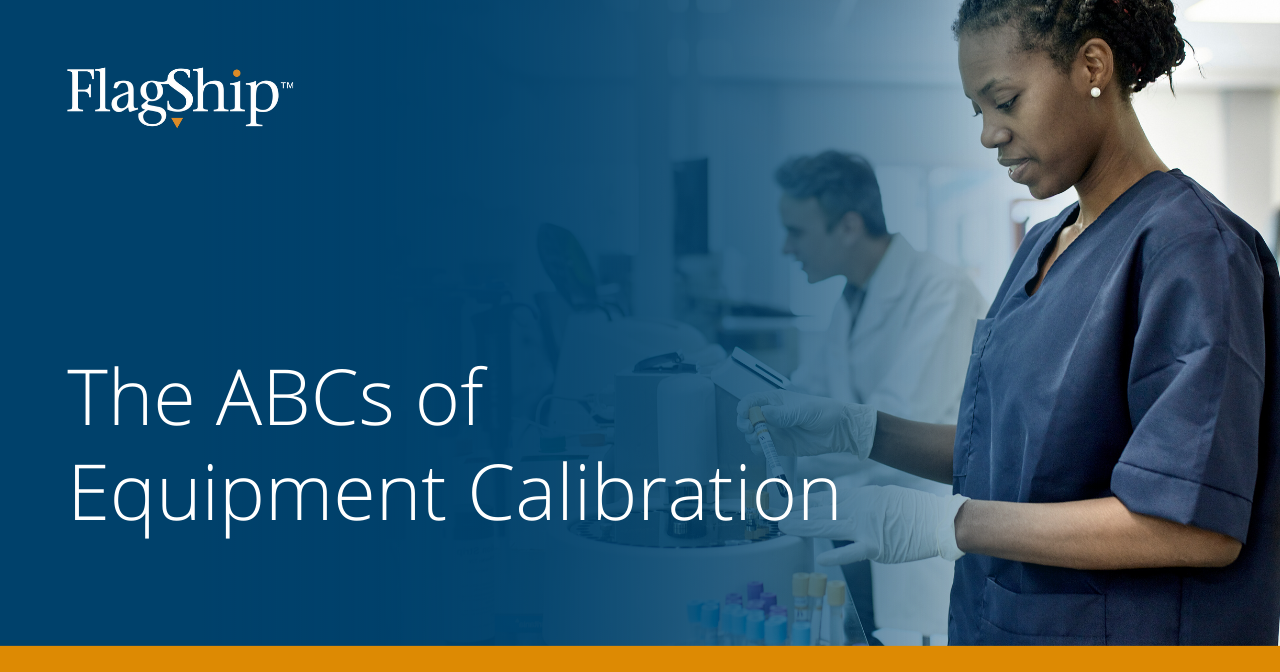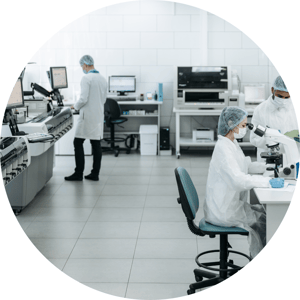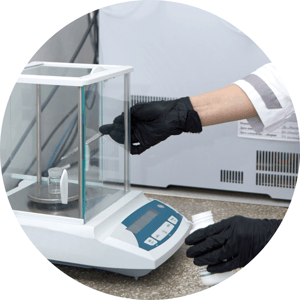
Effective lab management requires the proper and precise use of equipment – from scales and thermometers to centrifuges and pressure gauges. One crucial step in ensuring accurate research results is to make sure that equipment is calibrated correctly.
Calibration might seem like an intimidating process. But with the right knowledge and tools, you can set up a simple and effective calibration system. In this blog post, we'll look at what calibration entails and how it can benefit your lab environment long-term.
What Is Calibration?
Equipment calibration is the process of comparing the measurements or readings of a scientific instrument to a known and traceable standard. The purpose of calibration is to ensure the accuracy, precision, and reliability of the instrument's output. This is achieved by adjusting the instrument so it provides measurements that are consistent with established reference points.
Calibration is crucial to ensuring that equipment is in good working condition to produce reliable results. Not only does it reduce the risk of costly errors, but it prevents unnecessary downtime due to malfunctioning equipment.
Key Terms
Accuracy
Accuracy is the degree to which a measurement conforms to a standard value. It is traceable to national or international standards, with room for nonlinearities and uncertainties. There are different types of accuracy, including:
Initial Accuracy
Initial accuracy denotes the accuracy of an instrument or equipment when it is first put into service or used for measurements without undergoing any previous calibration. Manufacturers typically provide initial accuracy specifications for their instruments, representing the accuracy that can be expected when the device is brand new.
Calibration Accuracy
Calibration accuracy refers to the degree of closeness between the measured value provided by the instrument under calibration and the true value of the quantity being measured. It represents the overall accuracy of the calibration process and the instrument's ability to provide accurate measurements within its specified range.
Transfer Accuracy
Transfer accuracy relates to the accuracy of measurements taken on an instrument or equipment that has been calibrated using a reference standard. It involves comparing the measurements obtained from the calibrated equipment to those obtained from a more accurate reference standard.
Short-Term Accuracy
Short-term accuracy refers to the ability of an instrument or equipment to provide accurate measurements immediately after calibration. Errors cannot exceed short-term accuracy limits during the first 24 hours.
Long-Term/Stability Accuracy
Long-term (or stability accuracy) refers to the ability of an instrument or equipment to maintain its accuracy and reliability over an extended period of use, often after multiple calibration cycles.
Frequency
Frequency refers to the regularity with which calibration procedures are performed on a particular piece of equipment or instrument. Factors such as environmental conditions and instrument usage affect calibration frequency. Frequency should be increased if:
- A measurement error could lead to safety or quality issues.
- The measuring instrument exceeds the tolerance limit.
It should be decreased if:
- The measuring instrument is used in non-critical processes.
- The measuring instrument meets calibration standards for an extended period.
Full Scale (FS)
Full scale is the maximum measurement value an instrument can accurately read or display within its operating range. It represents the upper limit of the instrument's measurement capability.
For example, if a pressure gauge has a full-scale range of 0 to 100 psi (pounds per square inch), then it is designed to accurately measure pressure values from 0 psi up to 100 psi. If the pressure being measured exceeds 100 psi, the gauge may either stop providing accurate readings or it might display an error, indicating that the measurement is out of its range.
 Range
Range
Range refers to the limits of measuring, transmitting, or receiving a quantity. It is expressed by defining the lower range and upper range values. The range usually starts from zero to a given span value. For example, if a pressure gauge measures pressure from 0psif to 500psig, the lower range value is zero, and the upper range value is 500psig. So, the calibration range of the pressure gauge is 0 to 500psig.
Repeatability
Repeatability measures how close a result is relative to other measurements by the same device under the same conditions. Both short- and long-term repeatability are essential to certifying accuracy. As such, if you place a weight of 100g on a scale five times, the scale should indicate 100g each time.
Resolution
Resolution is the slightest measurable change that a sensor can display. It represents the level of detail or granularity with which the instrument can represent a change in the quantity being measured. Instruments with higher resolution can detect smaller changes in the measured quantity and provide more detailed and accurate readings. On the other hand, instruments with lower resolution may round off or approximate values, leading to less precise measurements.
Span
Span refers to the range between the lowest and highest calibration points used to adjust an instrument. It represents the difference in measurement values between the two calibration points and defines the extent to which the instrument is calibrated to provide accurate readings.
Traceability
Traceability is the ability to link or trace the measurement results of an instrument back to a known and documented reference standard or measurement system with known uncertainty. This process establishes a clear and verifiable path of measurement comparisons that ensures the accuracy and reliability of the calibration.
In the United States, most results are traceable to standards set forth by the National Institute of Standards and Technology (NIST). Contrary to popular belief, measuring equipment is not traceable. Only the measurement result is traceable to a specific standard.
In conclusion, calibration helps ensure lab equipment's accuracy, precision, and reliability. It is an essential step in quality control and maintaining a safe lab environment.
Your lab should have its own calibration procedures based on the types of equipment it contains and how frequently that equipment is used. To be successful, it is important to have knowledge of the specific instruments being calibrated, as well as access to proper calibration tools and traceable standards.
Flagship Lab Services is a leading provider of laboratory equipment services, including calibration, validation, and maintenance.
With a commitment to quality and innovation, we offer a range of equipment solutions to support your research, development, and production needs.
For more information about our comprehensive lab support services, visit our lab services page.





Leave a Comment